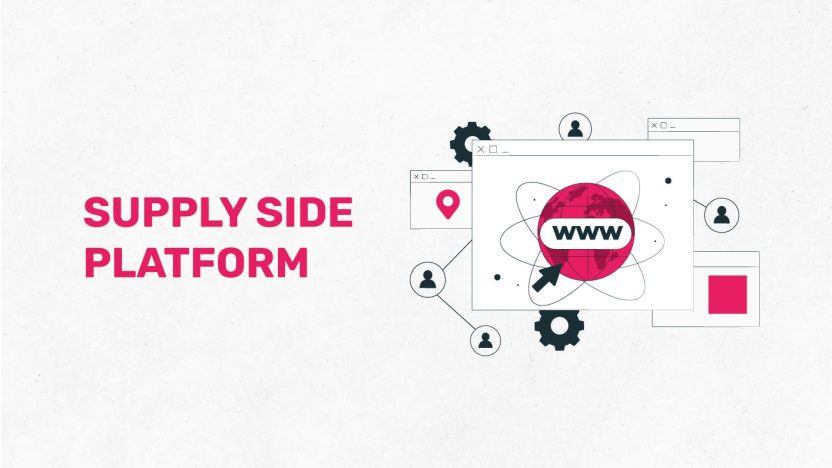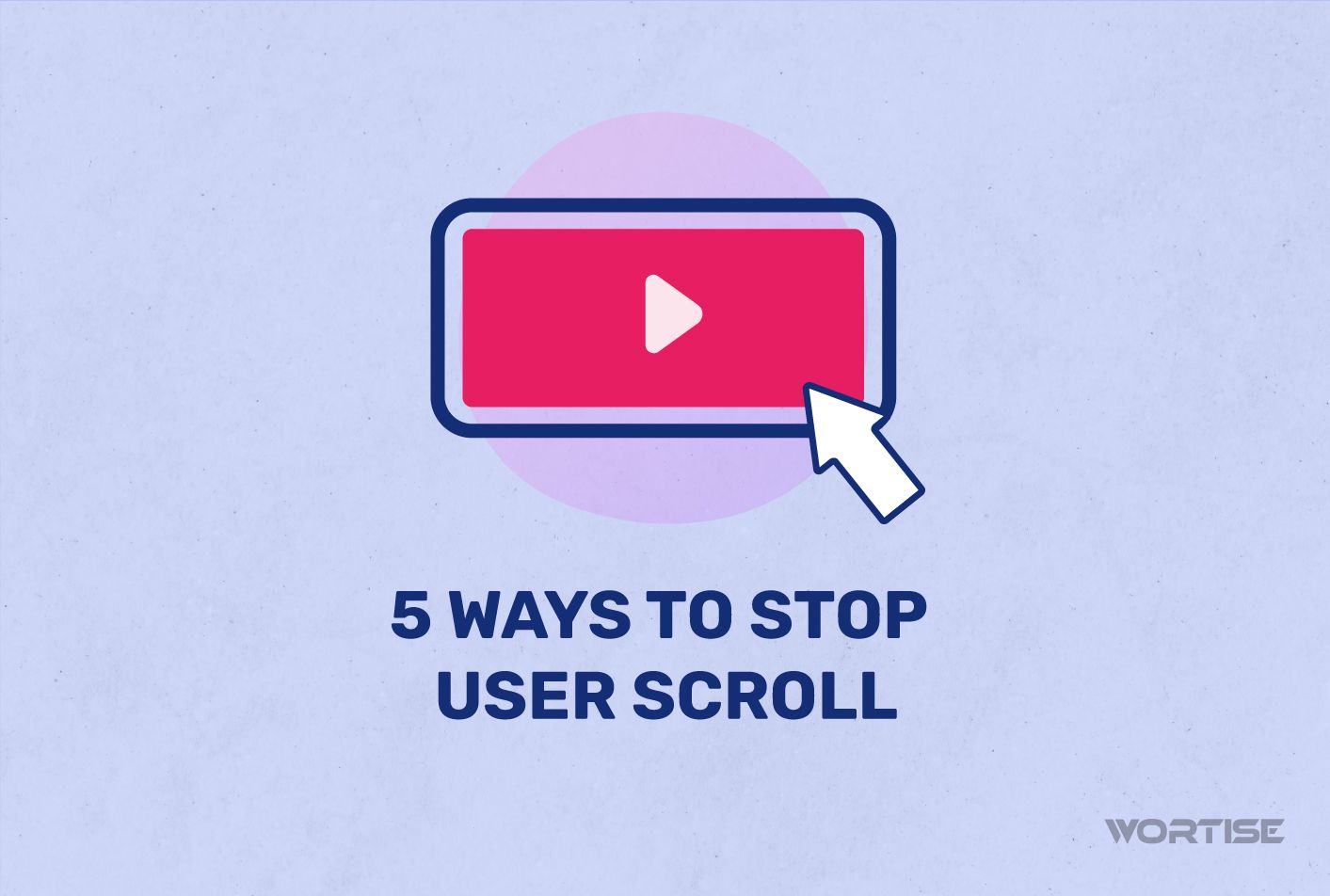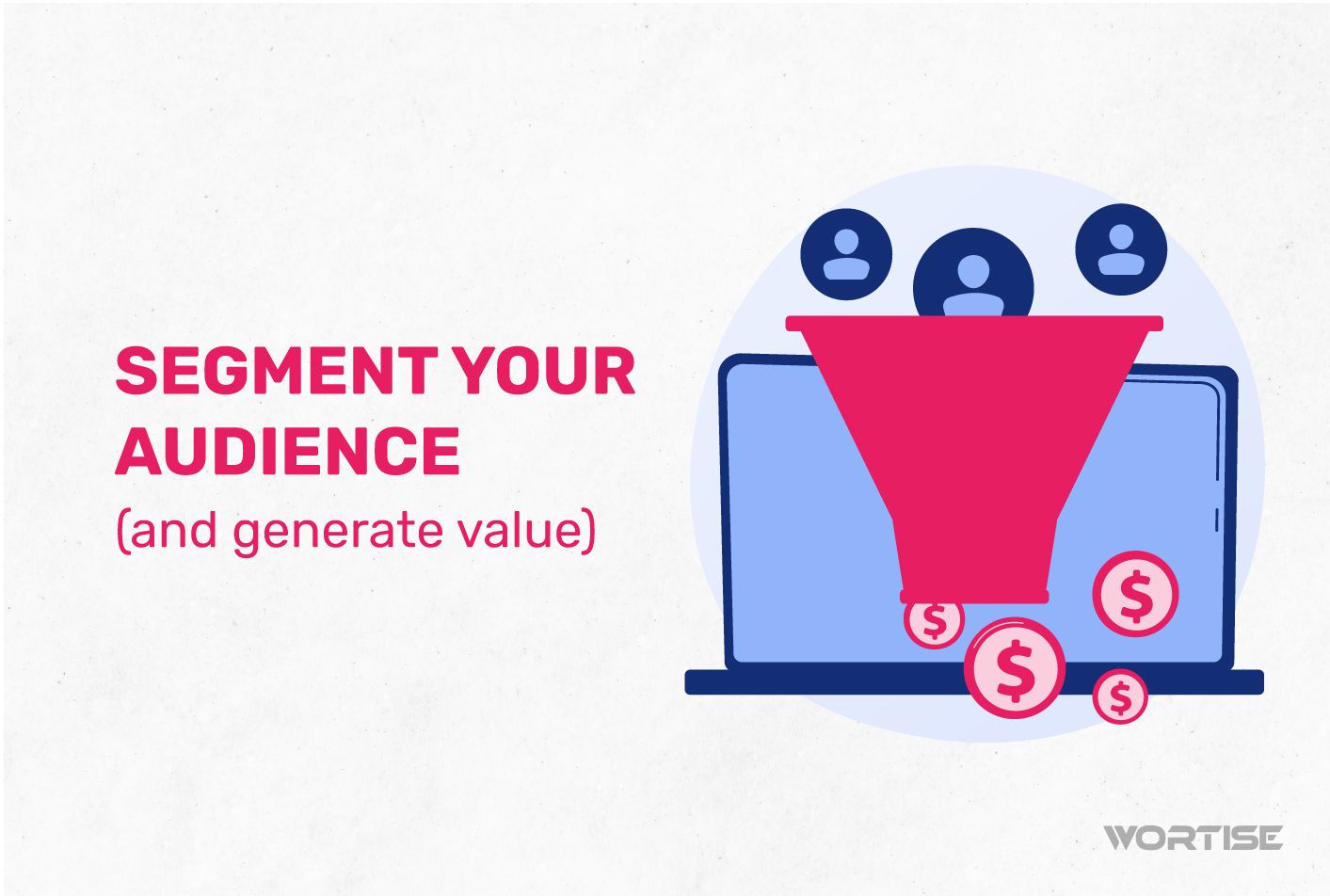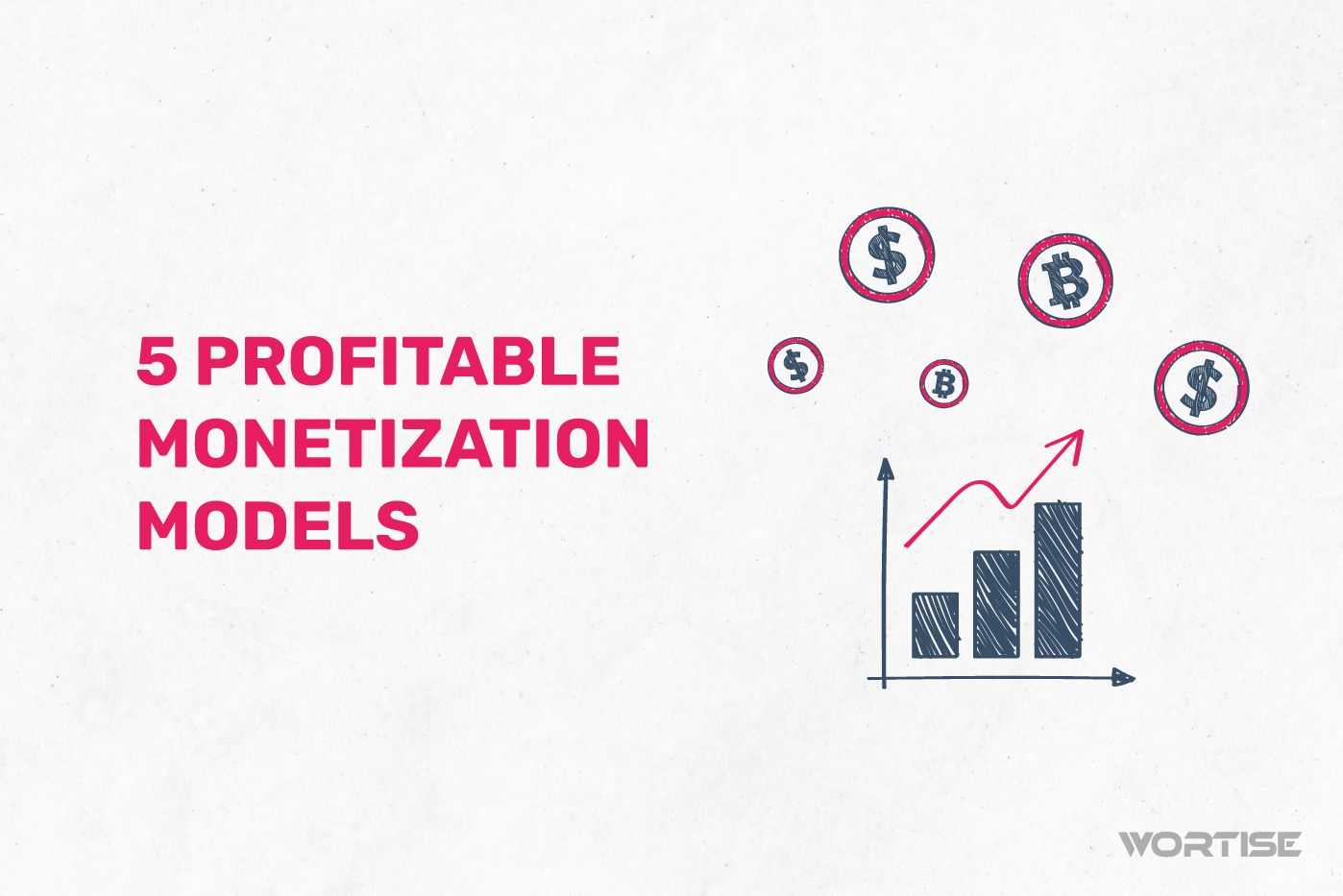Getting the most out of your app as an advertising space doesn’t solely depend on you. You also need the right tools to manage your inventory, achieve the best effective cost per mille (eCPM), and reach premium advertisers. By experience, you know it’s essential to use an SSP or Supply Side Platform.
How can this type of mechanism help you maximize your revenue? How do they connect you with the right advertisers? What are the advantages for ad placement? The experience of other publishers and mediation platforms will confirm how much this tool can help you. Let’s explore more below.
What role does an SSP or supply side platform play in programmatic advertising?
An SSP or Supply Side Platform is a tool aimed at coordinating, placing, and managing your ad inventory. It serves as the main connection point for publishers within the programmatic advertising ecosystem, where ad deals are negotiated.
In this environment, a supply side platform connects you with Ad Exchanges, buying and selling platforms where advertisers are also present. Advertisers manage their purchases through Demand-Side Platforms or DSPs.
By offering your ad inventory through an SSP, it becomes easier to execute bidding mechanisms like open auctions or private deals, track sold impressions, and assess their performance.
Automation and organization, the main benefits of an SSP
Today, being a publisher and not working with supply side platforms is unthinkable. It wouldn’t cross the mind of a programmatic advertising expert because the multiple benefits of this tool have already been proven.
Firstly, it automates ad placement. By being continuously connected to various demand sources, it facilitates selling your impressions without the need for dedicated agents working on it 24/7. Additionally, tracking results allows you to obtain metrics and calculate key performance indicators (KPIs).
These possibilities are associated with another great advantage: process transparency. Depending on the bidding mechanism employed, you can learn about the behavior of ad exchanges and the profile of advertisers bidding to use your ad inventory.
An SSP is synonymous with advantages for publishers
Having your processes under control is imperative today, especially if you want to monetize effectively. In this task, an SSP or Supply Side Platform offers multiple operational advantages.
#1 Utilize the benefits of precise targeting
An SSP is an inexhaustible source of information that helps you optimize your ad inventory according to the characteristics of your users. This allows you to display creatives that are compatible with their profile and the characteristics of your own application.
By doing so, you will attract the most relevant advertisers, achieve better eCPM, and ensure optimal return on advertising spend (ROAS).
#2 Improve Fill Rate Ads
When you use a supply side platform, you effectively connect with advertisers who guarantee ads relevant to your user community. Consequently, you achieve a better fill rate, meaning a higher percentage of ads effectively reach users of your application.
The more effective impressions you achieve, the greater your earnings and reputation among advertisers.
#3 Reduce ad fatigue
Have you ever seen an ad appear too frequently? The first time, you might pay attention. But after that, almost instinctively, you click on the “Skip ad” button. This frustrating situation is known as ad fatigue risk.
As a publisher, you know how dangerous this type of situation is: Fill Rate Ads and ROAS plummet. This is not beneficial for you, nor for advertisers who risk losing their investment.
To avoid this problem, SSPs establish a frequency cap with DSPs for ad delivery. This allows you to control the number of times an ad is shown to a user and increase the chances of recording effective impressions.
#4 Facilitate setting a minimum price for your ad inventory
Not receiving the expected earnings is frustrating. When you optimize your application and ad inventory, you expect a reward proportionate to your efforts. With an SSP, you have control over the value of your impressions.
How is this possible? It allows you to set a minimum price for your ad inventory. You can adjust it based on the season, advertiser and user behavior, to maintain a reasonable margin compared to your competitors.
#5 Publishers retain control of the ad inventory
You can have a complete experience by directly managing the impressions to be sold. At Wortise, for example, we directly manage our ad inventory through Google Ad Manager’s SSP. This way, we handle demand sources from a single place, run direct or programmatic reservation campaigns, and control other key variables for ad placement.
As you can see, with a supply side platform, you can maintain control of your inventory without sacrificing your freedom as a publisher. It simply expands your possibilities of earning higher profits.
Can a publisher place ads without an SSP?
The evolution of programmatic advertising indicates one thing: if you want to ensure a stable foundation for your ad inventory, use an SSP. It automates many processes, such as result measurement, interaction with multiple demand sources, and improved customer experience in real time. It provides a greater margin of action to address any issues.
An SSP helps you establish yourself as a publisher
If you want to monetize through your app, you need to enter the world of programmatic advertising through SSPs. The first reason is obvious: it connects you on a fairer basis with other advertisers, leveraging the advantages of more precise targeting.
Furthermore, you maintain real-time control over your ad inventory, which is a remarkable difference from the past. This is the advantage of platforms like Google Ad Manager, PubMatic, or Magnite, three of the most recognized SSPs in the industry.
How to use an SSP to maximize your earnings?
Thanks to its numerous benefits, an SSP or Supply Side Platform is a vital ally for increasing your earnings as a publisher. But how can you do it? What do you need to increase your earnings with this tool? Here are the keys:
#1 Define your monetization goals
No matter how good your SSP is, if you don’t have clear goals, you are far from maximizing your monetization earnings. Establish a plan to increase your earnings through ad placement, tailored to the reality of your application and the growth possibilities of your industry segment.
With these criteria, you can choose the SSP that best fits your objectives and provides the conditions to evaluate the placement of your inventory.
#2 Study the demand sources used by SSPs
When selecting a supply side platform, evaluate the demand sources it connects with. This way, you can determine the real possibilities of increasing your monetization earnings and which platform works best for your application’s characteristics.
While there is no standard number of demand sources, it is crucial to assess how many sources you can actually connect with. The more sources, the more opportunities to reach various relevant advertisers and place your ads.
Another key aspect is the profiles of the advertisers, their target audience, and where they want to advertise. These indicators will also help you make effective choices.
#3 Evaluate the platform’s user experience
Consider aspects such as the user-friendliness of an SSP, the ability to establish private deals, and the options for connecting to offer your inventory under different modalities.
Another key aspect is the generation of metrics and KPIs. What reports does it offer? Are they easily understandable to you? Can they provide advanced reports on the performance of your ad inventory? This aspect is vital for addressing any situation that may impact your earnings.
#4 Study how ad selling is automated
To make the most of an SSP, it’s not enough for it to automate the sale of your inventory. We need to see how it benefits us in that process. If it minimizes manual operations and ensures the highest profit margin possible, it works for you.
Also, analyze the tools it employs to optimize ad selling. In this regard, the use of algorithms is a fundamental instrument for determining the best price for each ad impression.
#5 Verify the reliability of real-time analytics
If there’s one thing an SSP allows us to do, it’s to keep track of the ad placement process. In that sense, the quality of the reports provided by the platform plays a crucial role. The more accurate and useful they are, the greater your chances of adjusting your strategies.
Evaluate whether the reports provide the necessary information to assess the achievement of your objectives, as well as the nomenclature used. Some platforms use different criteria for processing and analyzing information than the most common ones. This can be an issue if you use multiple SSPs.
#6 Leverage opportunities to optimize your ad inventory
With an SSP, you have more opportunities to effectively control your ad inventory. You can define the most convenient minimum prices for your application, the formats that yield higher profits, and the most favorable placements for achieving effective impressions.
At the same time, you retain control over the creatives displayed in your app. In some cases, they may be ads that negatively impact the user experience or pose risks to your brand. Fortunately, you can control their appearance to preserve your reputation.
Additionally, you can easily manage your inventory from a single platform to enhance your performance across different demand sources.
An SSP or Supply Side Platform should be user-friendly
When choosing a supply side platform, check the ease of integration with your application, inventory configuration, and possibilities for improving the placement of your impressions. The simpler, the better for your purposes.
#7 Verify the effectiveness of the SSP
If you are already working with an SSP or Supply Side Platform, you probably have evidence of its effectiveness. Do you want to know if it’s working for you? Then, check if it improved your Fill Rate Ads and eCPM. Additionally, the Cost Per Mille (CPM) offered by advertisers should be higher than before integrating the platform.
But beyond these metrics, the main indicator of its effectiveness is the maximization of your earnings. If that’s happening, then the SSP is beneficial.
Choose the best SSPs to maximize your earnings. At Wortise, we connect you with the top ad networks.
Hello, Publisher! Succeeding in programmatic advertising requires having the best tools. To make the most of your ad inventory, you not only need an SSP but also a team of experts to design the best monetization strategies.
At Wortise, we help you increase your earnings as a publisher with our advanced ad network platform that integrates over 100 Ad Networks.
We provide personalized support, the highest eCPM in the market, and guidance with tactics to maximize your earnings.




